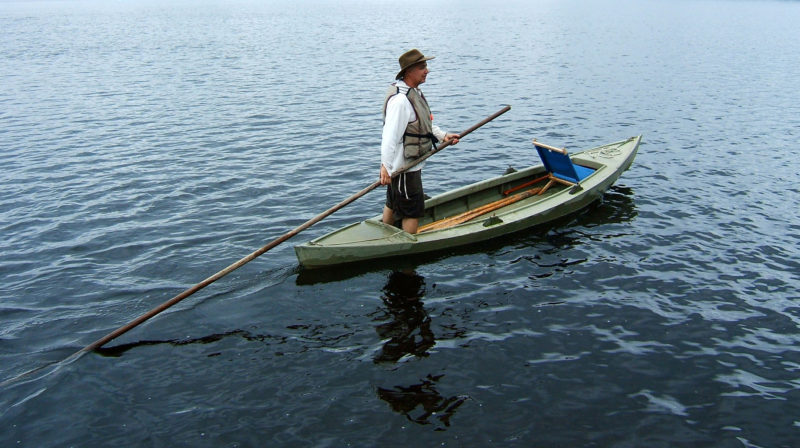 Andy Slavinskas
Andy SlavinskasTom Shepard poles a railbird skiff in the shallow waters of the Delaware River basin. The skiff is in the collection of Independence Seaport Museum in Philadelphia, Pennsylvania.
A while back, I read a blog post that urged those of us with small boats to explore the shallows and marshes by poling our craft where the water’s too shallow for motors, and the grass and reeds are so tall that you can’t see much more than 20′ through them if you’re sitting down to paddle or row. The post concluded that we should all head to the lumberyard, grab a piece of closet rod, and start poling. If that seems a bit simplistic, it is, but if there are marshes or thin water in your area that you’d like to explore, poling is well worth considering.
Protected shallow waters such as narrow estuaries and wetlands, where grass blocks the wind and breaks up the waves, are good poling country, but you can pole almost any shallow, protected water that is flat and calm with depths from about 8″ to 3′. A pole isn’t very effective in water much deeper than that, and it’s easy to decide when it’s time to row or paddle because you’ll be working frantically to reach bottom, only to travel a yard or two.
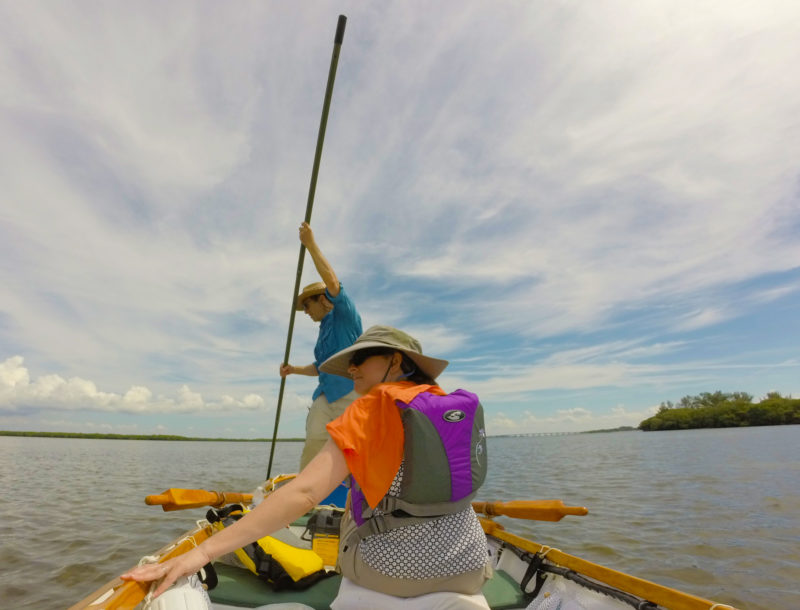 Roger Siebert
Roger SiebertNear the mouth of Florida’s Tampa Bay, Roger Siebert and his wife Victoria switched from rowing to poling to explore the shallow waters around Shell Key.
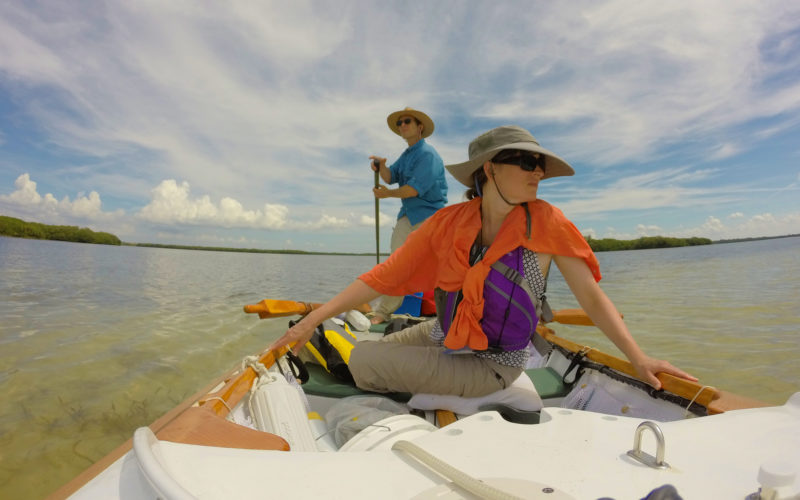 Roger Siebert
Roger SiebertThe Siebert’s boat is a Lillistone-designed Flint; the pole is aluminum and extends from 5′ to 12′ and has a folding duck-web foot on its business end.
I’ve picked up a lot of tips from guides, hunters, and naturalists from the Maurice River in southern New Jersey, the Susquehanna Flats in Maryland, and the Patuxtent River marshes near Washington, D.C. With a pole you will always travel very slowly, at less than a walking pace, leaving the environment relatively undisturbed. You see a lot more wildlife, and it’s a relaxing way to travel.
Boats designed to be poled have some special attributes. In general there is no rocker to the bottom, as upward-curving ends tend to make steering squirrelly. Low freeboard reduces both windage and visual impact, which is useful for hunting. A little outward flare in the topsides adds a touch of secondary stability, but only a touch. The beam on most boats runs 36″ to 44″. Double-ended boats work well moving through grass and reeds; the bottom should be flat and smooth, with no external stringers or battens. Traditional push boats are quite slender and consequently they’re not very stable; poling one of them is a pretty refined skill. These boats are unmanageable without a person or equivalent ballast in the bow. With the boat we call a gun punt or railbird boat in the upper Chesapeake, known as a pirogue in most other places, the pusher stands on a platform mounted at or slightly below the stern gunwale, sort of like a seat or a large breasthook.
One doesn’t need a particular boat to ply thin waters; larger, more stable boats can be poled. Flats boats in Florida are outboard skiffs that reach fishing grounds under power, then are poled once they reach the shallows. Your boat may fall somewhere in between a push boat and a flat boat; poling may be a new way for you to go exploring, take photographs, and go messin’ around in waters you’d previously steered away from.
Though a wooden boat is paired nicely with a wooden pole, I wouldn’t blame anyone for choosing a lightweight fiberglass or carbon-fiber pole. Weight makes a difference—think logger boots versus sneakers. Preferred woods for poles are spruce, red cedar, or sassafras. Of those, spruce has the best strength-to-weight ratio. The Upper Bay Museum in North East, Maryland, has about a dozen very old push poles, all between 2″ and 2-1/4″ in diameter. They are not light but remarkably straight, all about 14′ long and perhaps made from old lifeboat oars. It’s important to choose a pole that’s appropriate for your boat’s length. As for diameter, railbird guides in the Chesapeake Bay area seem to prefer 1 1/2″ for wooden poles.
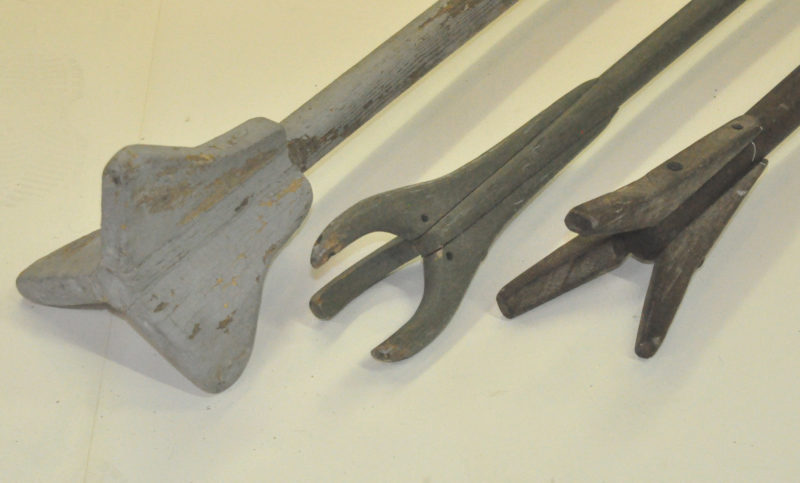 Lori Burskey Bouchelle
Lori Burskey BouchelleAll of these poles in the collection of the Upper Bay Museum of North East, Maryland, are native to the upper Chesapeake, probably not much south of the Sassafras River. The one on the left was used by the Coulter family for over fifty years, starting about 1900, with a converted gun punt. Its design is unique, an Abrams tank of a general-purpose pole, and it is really heavy, perhaps too heavy. The center pole may have been meant for use in to thick grass. At the time it was made the waters where it was used were nearly a lawn, and the only clear water was in the ” ditches,” as the natural channels are called. The pole on the right is a very common general-purpose design, perhaps a bit lightly built but very much like many other examples of its era.
What matters most is what you put on the bottom end of the pole. Poles with pointy ends are good for a hard or rocky bottom. If a pole gets stuck and won’t pull out, don’t hang on to it. A stuck pole can pull you off the boat (as a very capable friend of mine proved), so let go before you lose your balance.
Poles with folding feet have been commercially available for a hundred years to prevent, in theory, a stuck pole, but in the Chesapeake they are considered useless except you’re collecting grass samples. Most pushers simply give the pole a twist to break any suction when they retrieve it. A few will do the twist as they set the pole. You move the boat forward by walking your hands to the dry end of the pole, not by pushing with both hands fixed on the pole and putting your weight into the push.
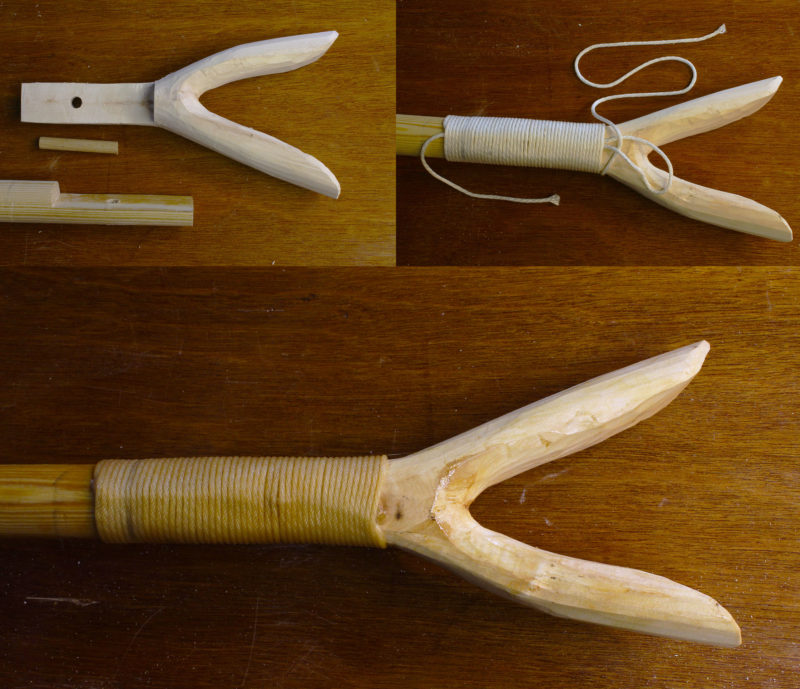 Christopher Cunningham
Christopher CunninghamThe Chippewa of the Lake Superior region harvest wild rice by canoe, using a pole, usually cut from a slender hackmatack, and a foot carved from a Y-shaped crook. A half-lap joint, a peg, and a lashing hold the two pieces together
In most cases, you’d lift the pole over your head and switch it to the other side to change direction. One characteristic of a pirogue is the narrow beam of its sharp stern, which eliminates the need to for the over-the-head maneuver: you can keep the pole on one side and steer both directions from the same side. Push a little left and the boat goes left, a little right and it goes that way. You can also steer by edging the boat like a kayak: Put your weight on your right foot, and the boat goes left, and vice versa.
The Susquehanna Flats—near my home in Havre de Grace at the north end of Chesapeake Bay—are about 5 miles wide and 9 miles long. The flats may look like the Great Lakes, but in most places they’re only 6″ deep at low tide. The silt there is 2′ deep; propellers get mired in it and oars and paddles merely paw at it. Poles don’t mind it at all, and there are lots of waters like the Flats you can have to all yourself if you have a boat you can pole.![]()
Charlie Gerhardt lives in Havre de Grace, Maryland, on the Susqehanna Flats. His interest in wooden boats and classic small craft evolved through disappointment with the characteristics of “market driven” fiberglass designs. He currently serves on the board of the Upper Bay Museum in the nearby town of North East, and restores historic small craft at the Chesapeake Bay Wooden Boat Builders School.
You can share your tricks of the trade with other Small Boats Monthly readers by sending us an email.
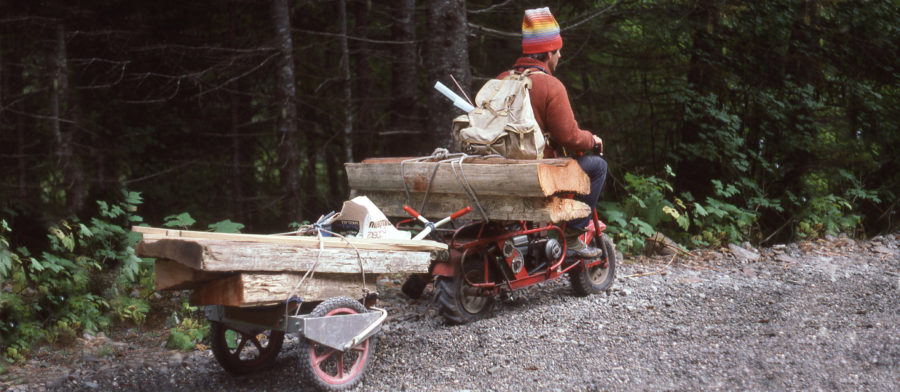
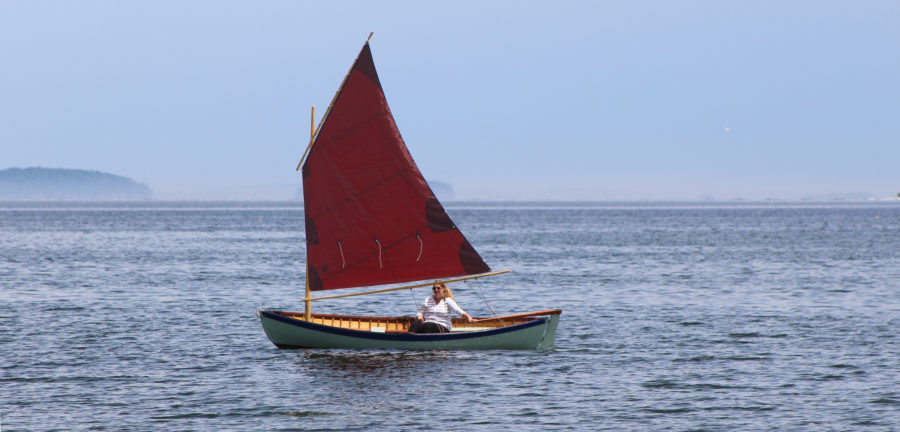
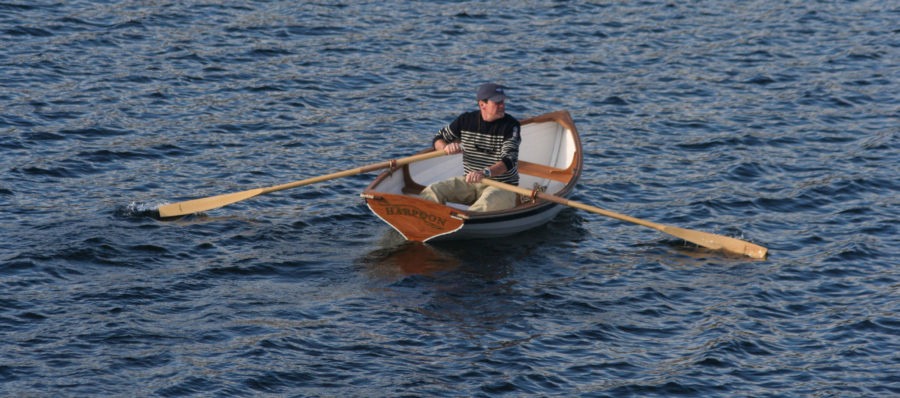
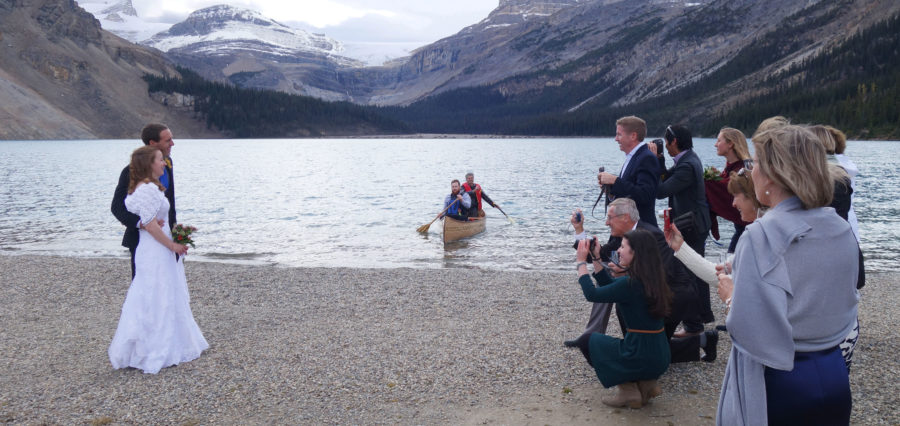
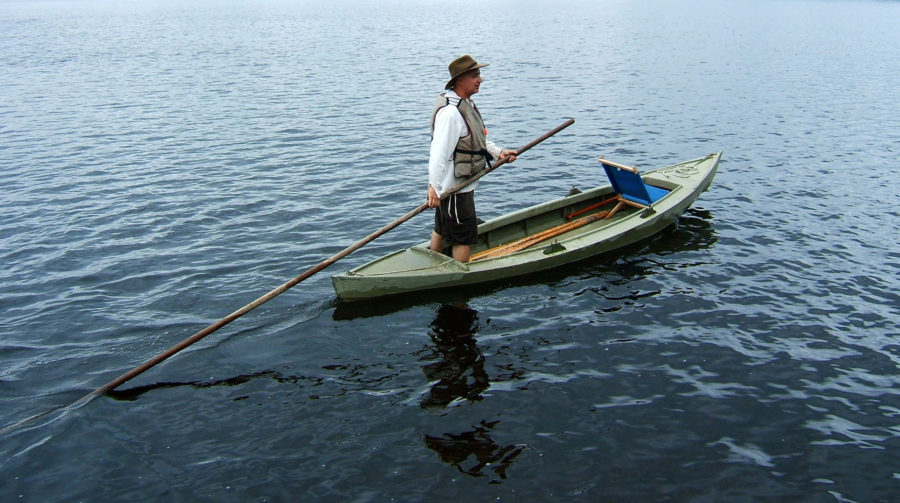
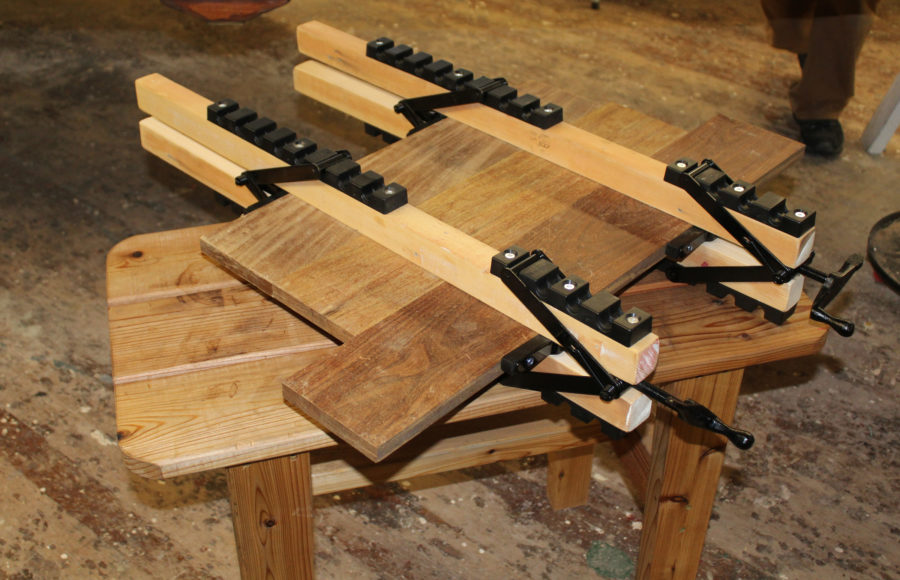
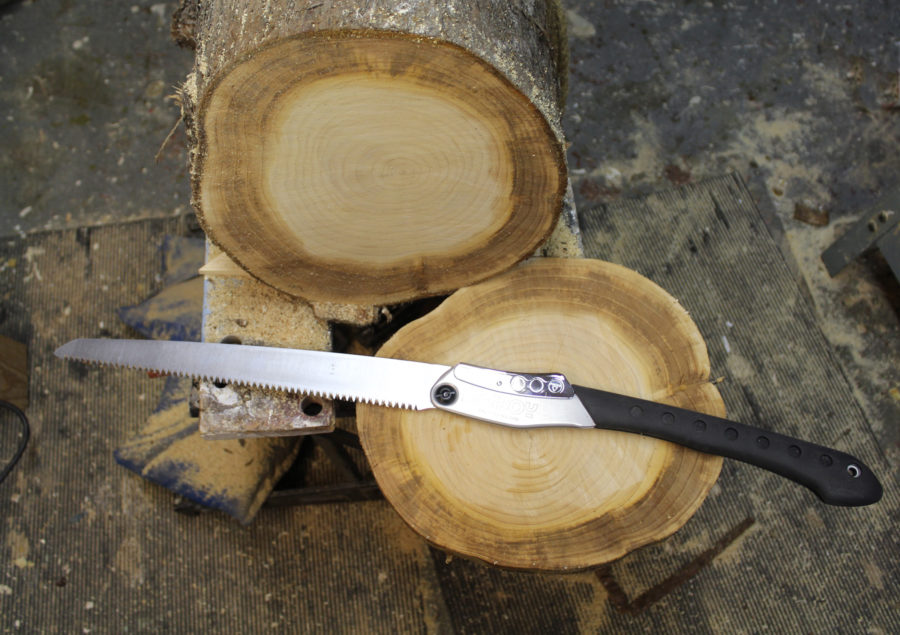
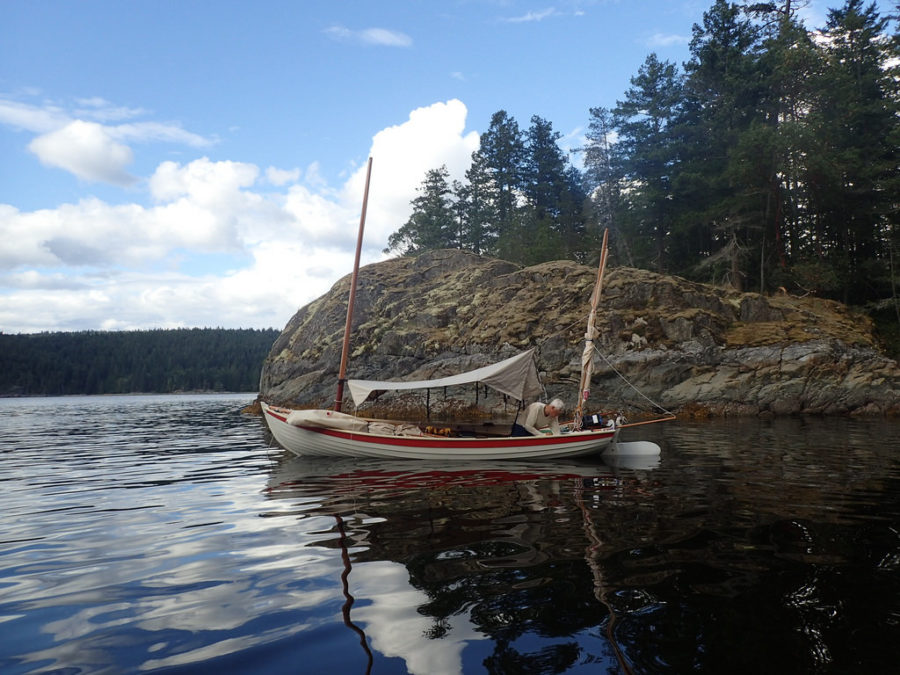
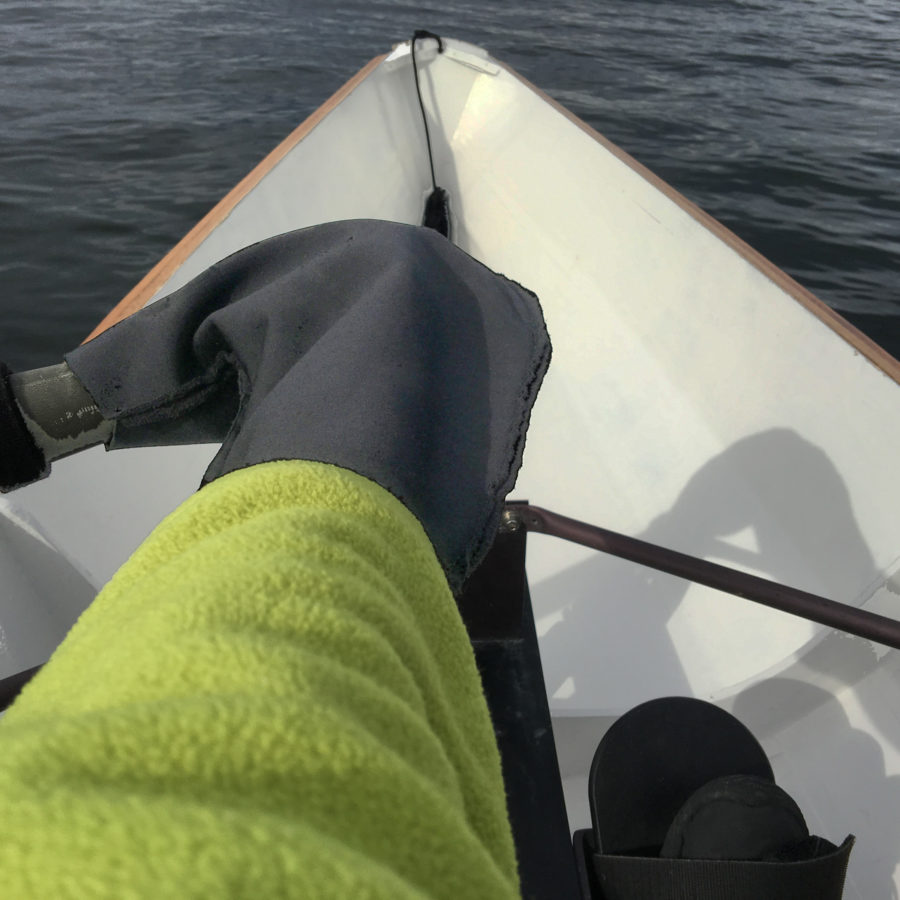
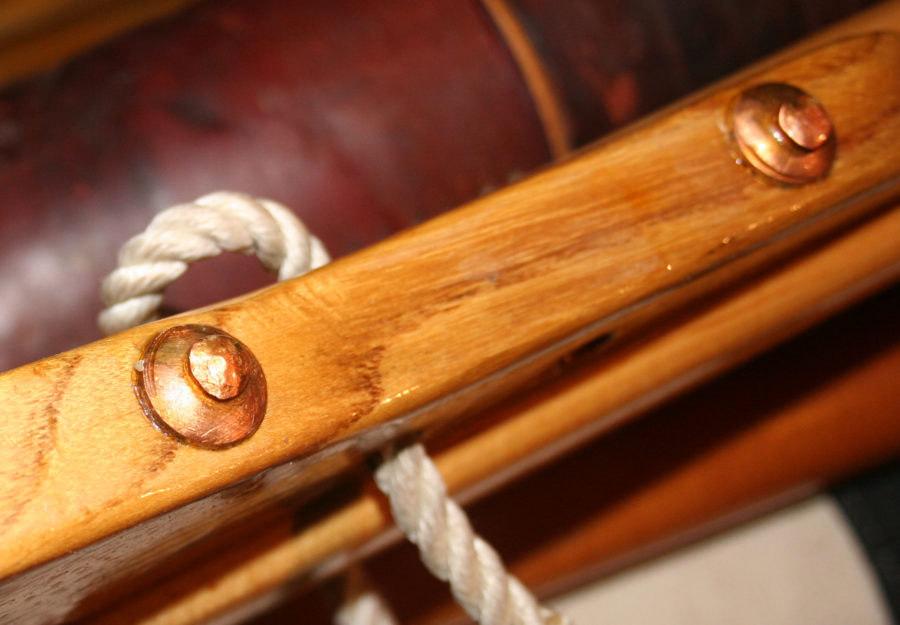
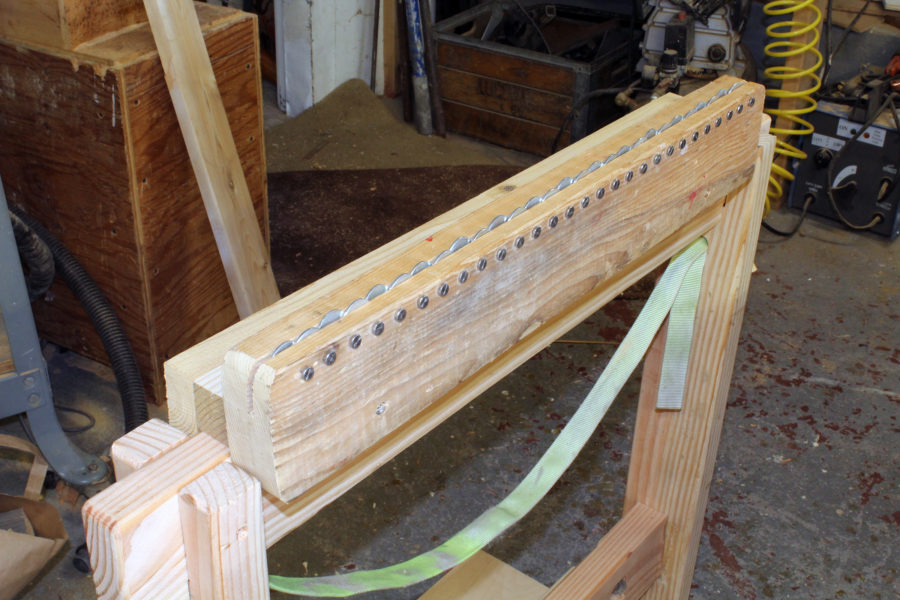
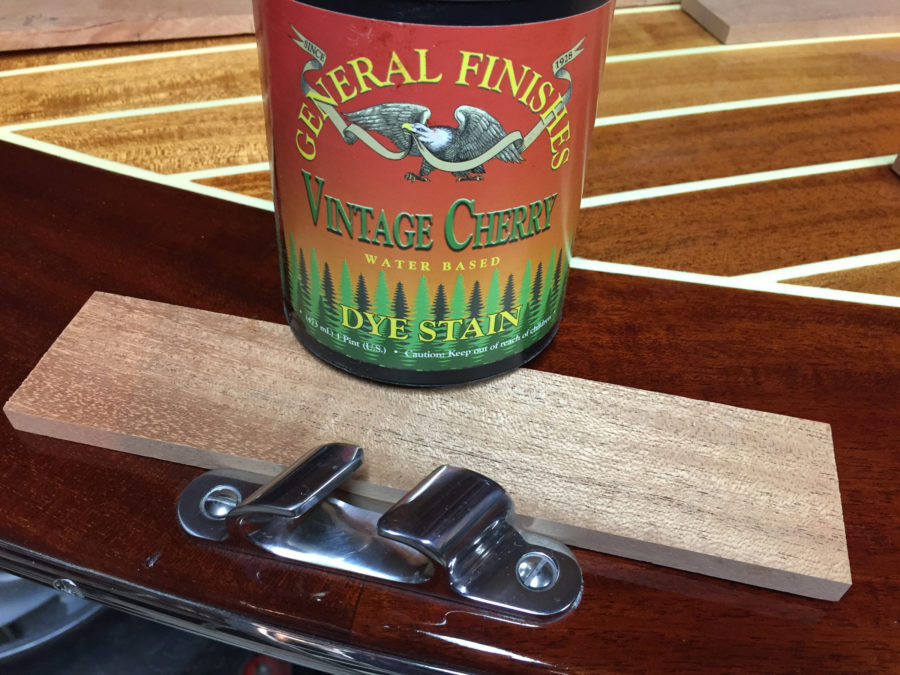
Canoes get poled in Maine, usually for going upstream. I have been thinking about using a pole in the marshes here on Cape Cod to look for striped bass.
On steering, here’s another trick: Push off, and let the pole hang behind the boat. Now you can use the pole as a rudder. I have some experience in the Backs of the Cam, Cambridge, U.K., where this is a vital technique. The place is overcrowded with punts in the summer, but with the pole as rudder you can steer with fine precision and avoid embarrassing situations. An added bonus is that you don’t need to switch sides, which might get you wet or loose your balance.
I have to dig out pics of my pole, a South Jersey style one that I was taught to make by Joe Liener. The toes of the crow’s foot are inset into the pole so that the transition is completely smooth, a little like the central foot pictured above. The idea was that the pole did not hang up on the grass. I carry mine as a sprit for my summer rig on the ducker; made it from a closet pole. It hasn’t been used much as a pole here in Maine. We use substantial ash setting poles sometimes armored with metal to help get outboards off and on rocky beaches.
The Mystic Seaport Museum watercraft collection also has some interesting setting poles. One that I remember had a hinged piece of wood on the bottom for use in soft mud. Another had kind of a semi circular foot for dealing with deep water where it could be used as a paddle.
For duck hunting with decoys, sometimes a notch would be cut into of the toes so you could use it to hook the decoy anchor lines, and a little groove scraped into the pole so you could orient it. Joe used to put a little wood cap on his poles so you could feel when you were getting to the end.
I’ve taken several canoe trips with 20+ miles of pulling. Mostly in Pennsylvania on the West Branch of the Susquehanna and the Delaware river. I’ll pole up stream Friday afternoon and all day Saturday. Then sit down and float back down to the car on Sunday. If I’m feeling very motivated and paddle hard, I can be back at the car in 3 hours. Both the upper Delaware and West Branch of the Susquehanna can have deeper pools where I will paddle but then I will have to pole wherever the current is strong or the water is shallow. For this I usually use a 10′ curtain rod with a stainless-steel bolt epoxied in the end. As both rivers are rocky, clean bottoms rather than mud and grass. I’ve never developed the hand-over-hand method, even when I tried a longer pole because the deep pools are still too deep or the current is too strong and will always push the bow halfway around before I get to the end of the pole recover it and plant it again. I stand about two-thirds back from the bow on a very flat bottomed canoe and pole off one side with it leaned toward my polling side so that any torque transmitted by the polling is corrected by the carving of the canoes natural turn. I will only switch sides to best balance against the current. My over-the-ground speed is usually about 1-1/2 miles an hour, no matter what the current, because my speed of recovery needs to speed up as the current increases. Once the pole is replanted I can stand there and relax and rest or push off again as I desire. The upstream progress has everything to do with how much I’m pushing off the bottom and very little to do with the speed of the current I’m pushing against. The largest problem with the current is how quickly it will grab the canoe during any little misreading of the water or overcorrection of the canoe so that you’re headed back down stream. You can’t really effectively balance the load of the canoe to make it one to push upstream under all conditions because the river valleys tend always channel the wind which changes directions relative to the rivers windings. So it’s best to simply have it more or less balanced to pivot and swivel under where you’re standing, which is why I tend to stand closer to the middle than aft in the canoe. Part of the reason I can go upstream against current is because I keep the canoe lightly loaded so there’s minimal draft. It’s usually just me, backpacking-type camping equipment,and my food.